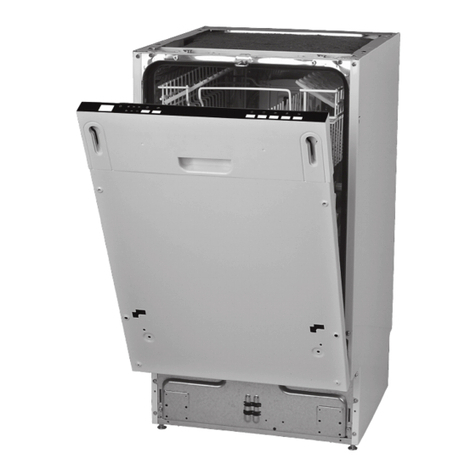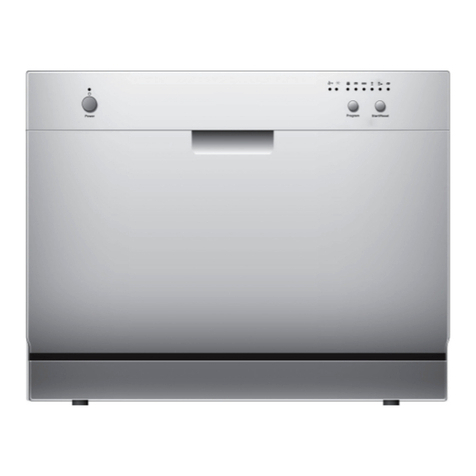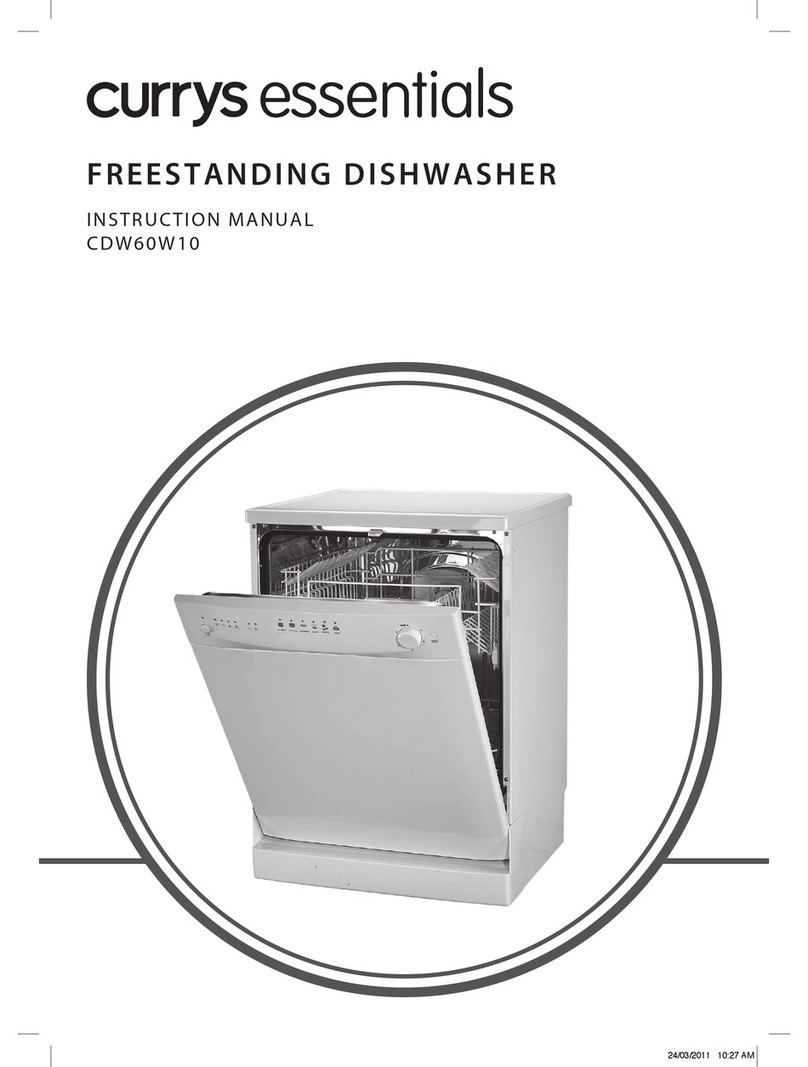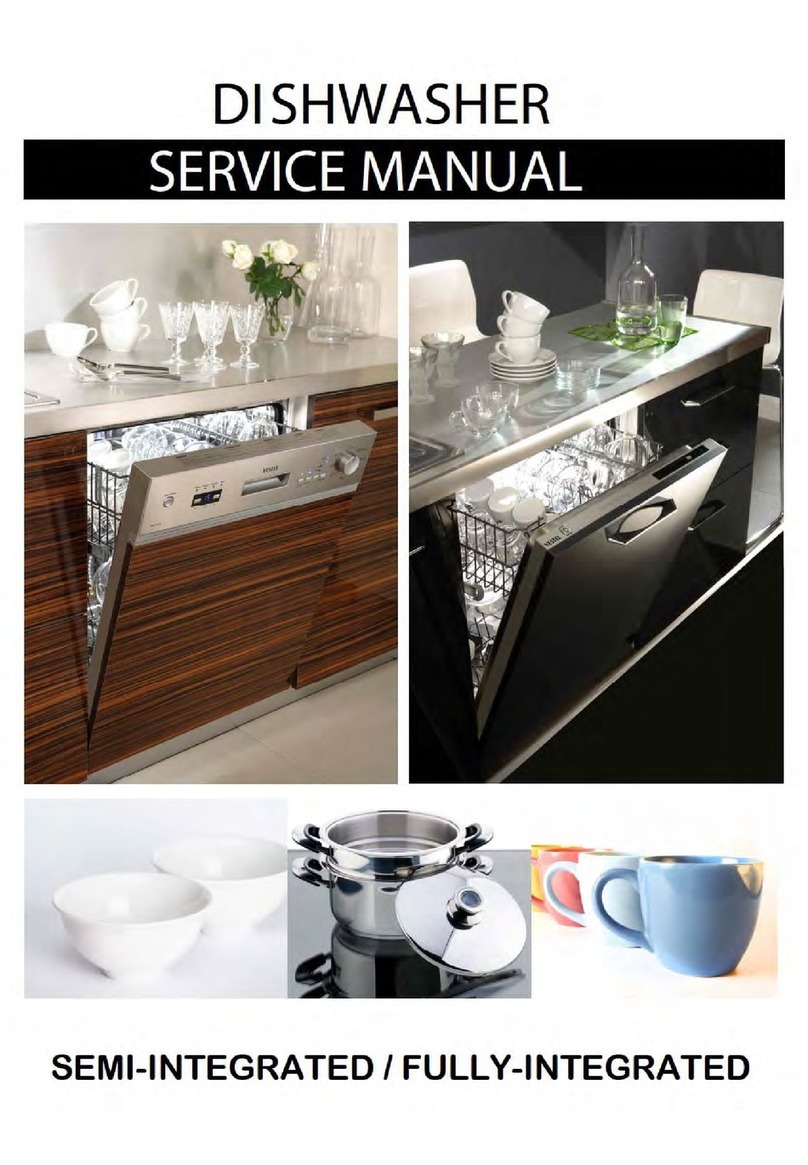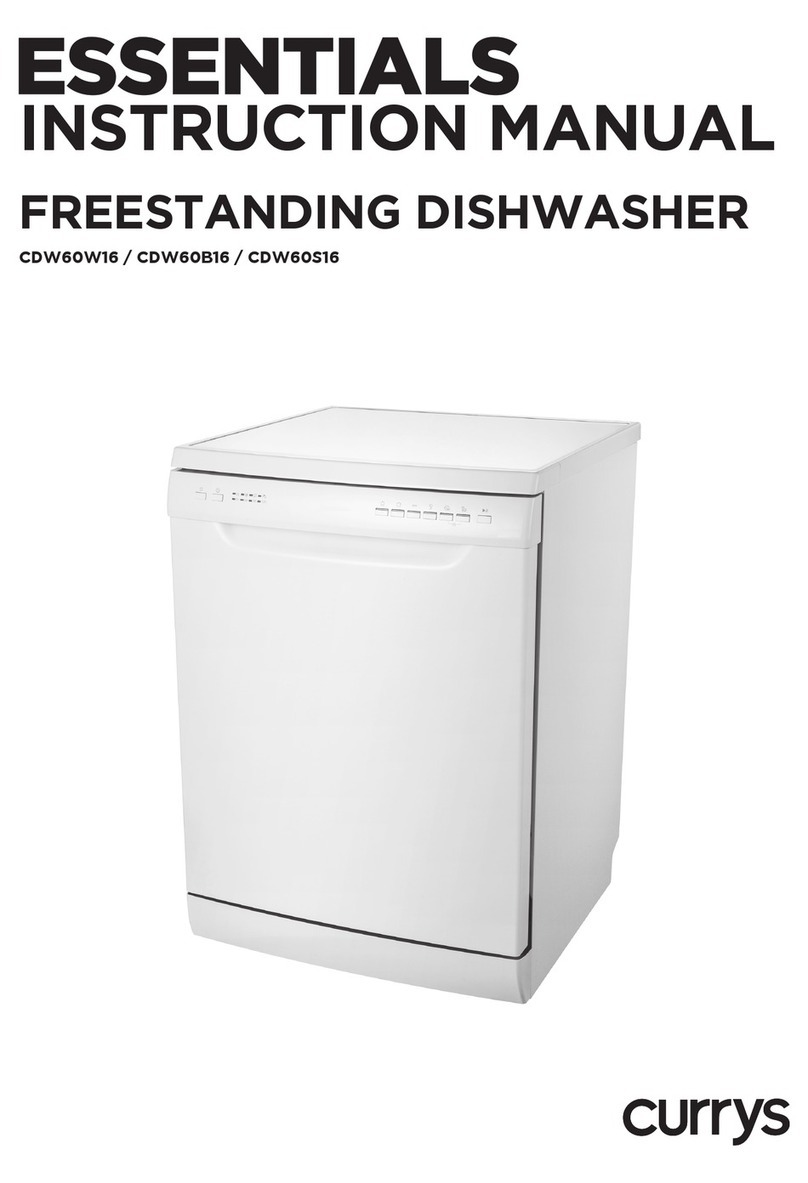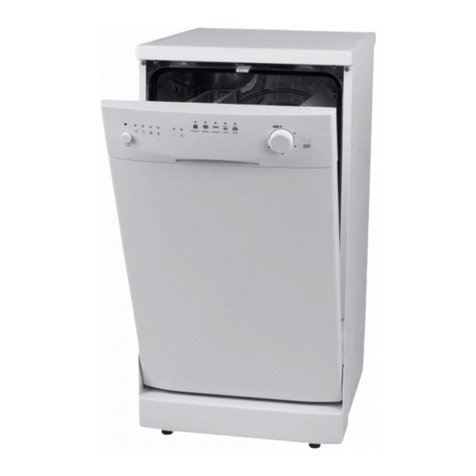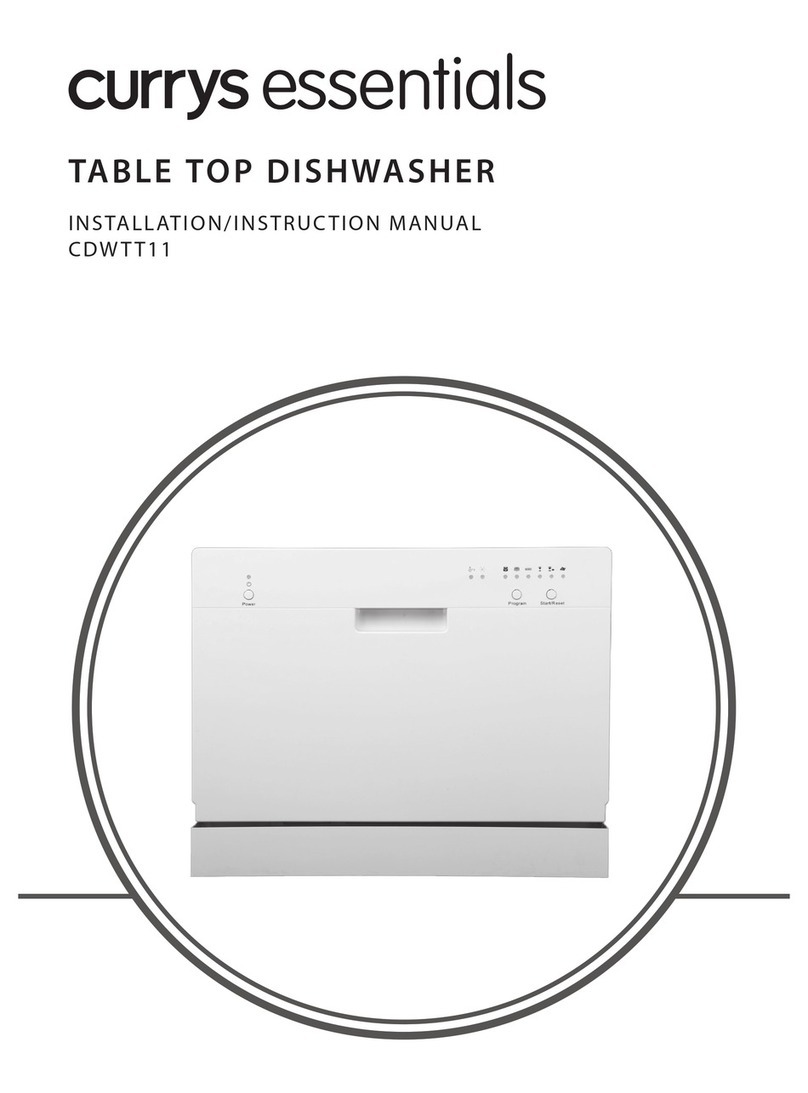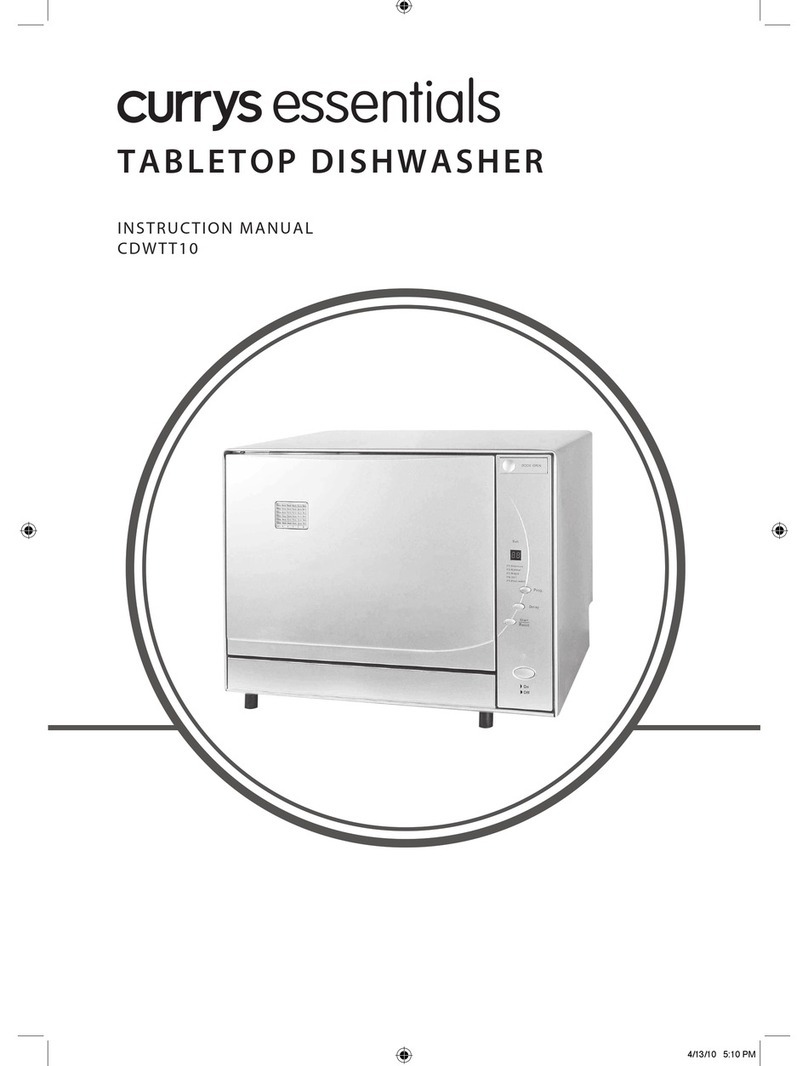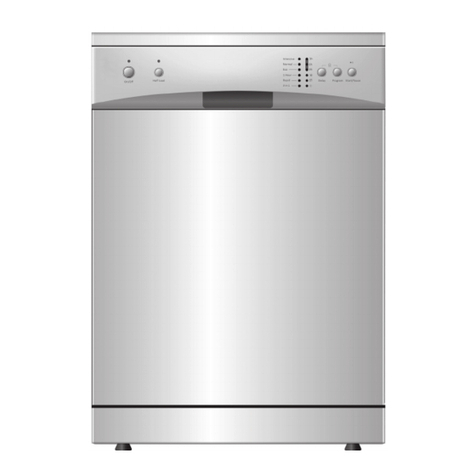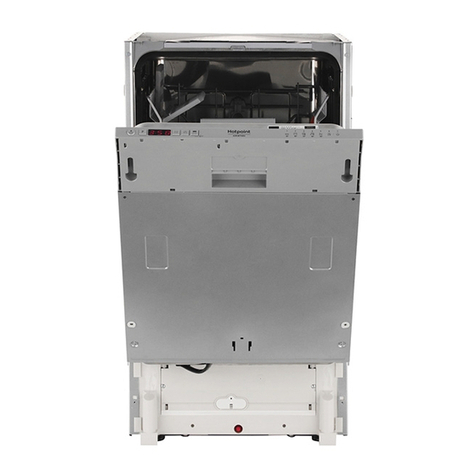Contents
Unpacking.................................................................................................................................... 4
Installation ................................................................................................................................... 5
Location ..................................................................................................................................................................... 5
Product Overview........................................................................................................................ 8
Front View ................................................................................................................................................................. 8
Rear View ................................................................................................................................................................... 8
Dishwasher Basket and Cutlery Basket........................................................................................................... 9
Internal View............................................................................................................................................................. 9
Control Panel..........................................................................................................................................................10
Wash Cycle Table........................................................................................................................ 11
Before Operating....................................................................................................................... 12
To Open the Door.................................................................................................................................................12
To Close the Door .................................................................................................................................................12
Items Not Suitable for Use in the Dishwasher............................................................................................12
Adding Detergent or Detergent Tablet.................................................................................... 13
Adding Rinse Aid .......................................................................................................................14
Adjusting the Rinse Aid Reservoir..................................................................................................................14
Adding Salt .............................................................................................................................................................15
Loading the Dishwasher ........................................................................................................... 16
Before Loading the Dishwasher......................................................................................................................16
Dishwasher Basket ...............................................................................................................................................17
Hinged Cup Rack ...........................................................................................................................................17
Hinged Spikes .................................................................................................................................................17
Loading the Dishwasher Basket for 6 Place Settings........................................................................18
Cutlery Basket........................................................................................................................................................18
Loading the Cutlery Basket........................................................................................................................18
Starting a Wash Cycle ................................................................................................................ 19
Changing a Programme ............................................................................................................19
At the End of a Programme....................................................................................................... 19
Switching O the Unit............................................................................................................... 20
Unloading the Dishwasher .......................................................................................................20
Cleaning After Use..................................................................................................................... 21
External Care ..........................................................................................................................................................21
The Door and the Door Seal ......................................................................................................................21
The Control Panel ..........................................................................................................................................21
Internal Care...........................................................................................................................................................21
Filtering System..............................................................................................................................................21
Spray Arms.......................................................................................................................................................22
CDWTT11_IB_110331.indd 2 3/31/11 5:13 PM
